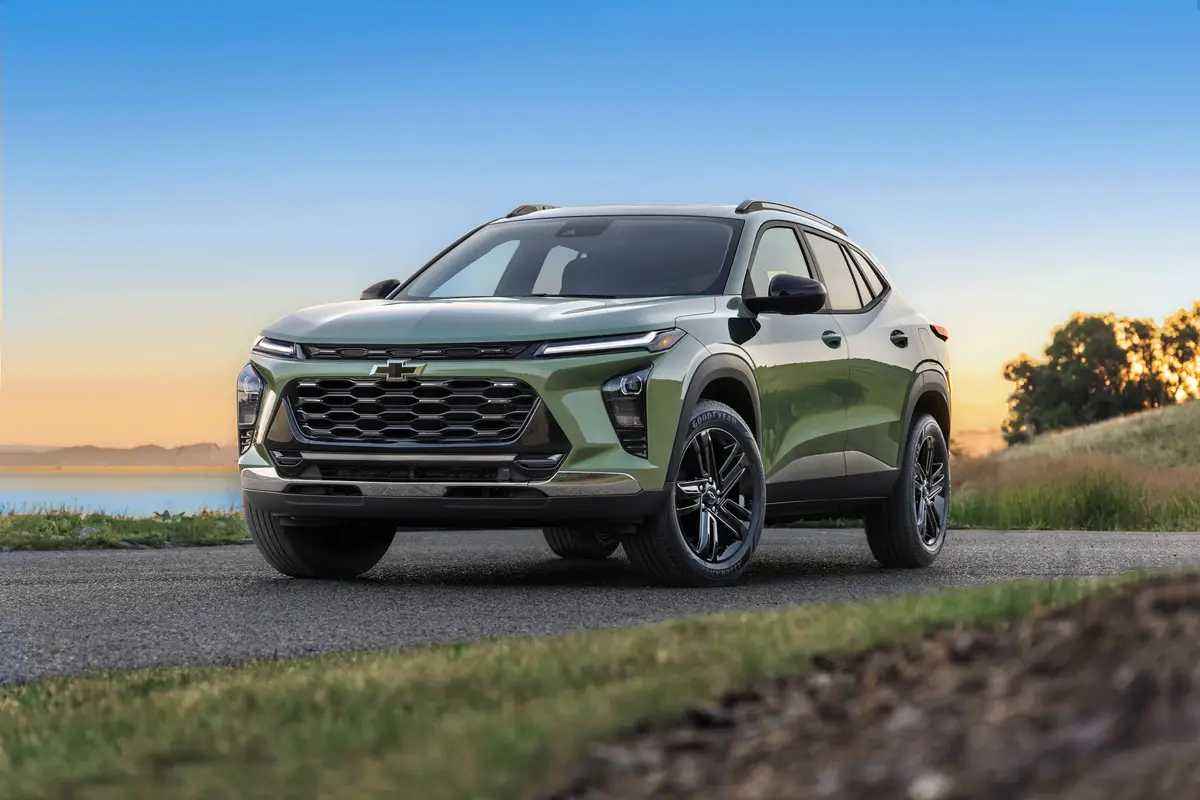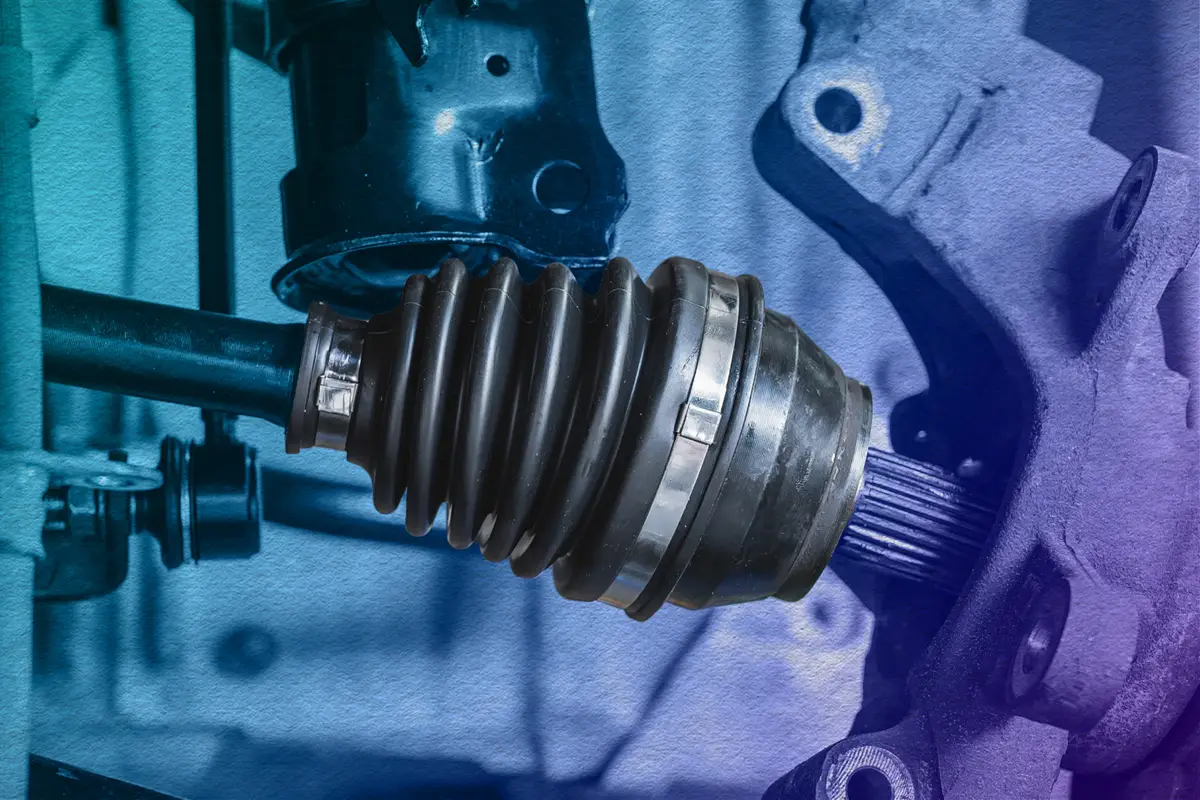TheMercuryNews.com's view
So many sport-utility vehicles, so little time.
If you’re looking to buy one of these versatile runabouts, you know the feeling. After all, there are two dozen sport-utility nameplates from which to choose – and more on the way.
It’s no wonder, then, that some folks take comfort in buying from an established name that they’ve come to trust, a brand whose cars set the standard for quality and reliability.
Of course, that’s Honda, and since December 1993, the automaker has been selling its own sport-utility – the Passport.
It’s a commendable sport-ute, with the usual boxy lines outside, high-profile ride and handy cargo-hauling capabilities expected in a ”Seventy percent of Passport owners had a Honda previously,” company spokesman Chris Marshall said, explaining that they might not necessarily be trading in a Honda car for the Passport but ”sometime in the past, they owned a Honda.”
But this Honda isn’t built by Honda. The Passport is produced by Isuzu at a plant in Lafayette, Ind., where Isuzu Rodeos also roll off the line. There are a lot of similarities between the two – some would call the Passport a re-badged Rodeo – but trim levels differ.
Passport buyers get a sport-utility that doesn’t feel quite as bulky as others. The Passport is shorter in overall length than the Nissan Pathfinder, the Ford Explorer and the Toyota 4Runner, for example. It’s skinnier, by a bit, than the Pathfinder and Explorer and shorter in height than the Pathfinder and 4Runner.
For 1996, the V-6 Passport has more power than before. Engine retuning brings the horsepower up to 190 from 175 last year, though the engine remains a 3.2-liter, single overhead cam, 24-valve V-6. That puts the Passport ahead of the Pathfinder’s 168 horses and the 160 horses of the 4-liter V-6 in the Ford Explorer.
Too bad the Passport continues to lag in torque, though, with 188 pounds-feet at 4,000 revolutions per minute now compared with 196 pounds-feet at 2,800 rpm in the Pathfinder and 225 at 2,800 in the V-6 Explorer.
Another big change for 1996 is the Passport’s new shift-on-the-fly system for going from two- to four-wheel drive. Now, Passport drivers can move from two-wheel drive high to four-wheel high while traveling, as long as speeds are below 60 mph.
In four-wheel drive, the Passport took dips and ruts and scampered across fields with gusto during the test drive and eagerly carved a trail through slick mud. There is a lot of bounce in the ride, and the front end dips noticeably during sudden braking.
In the city, the test Passport, with a four-speed automatic transmission, wound its way smoothly. There’s just a bit of engine noise; overall, the ride is quite quiet.
Even on the $26,000 base-price 4WD LX, outside mirrors are manual. Buyers must opt for the top-of-the-line EX to get power mirrors as well as a rear-window wiper/washer.
Rear leg room is less than in the Explorer and 4Runner. The rear door openings are a bit small, too.
SPECS
What we drove: 1996 Passport 4WD LX, a compact four-door sport-utility with 3.2-liter, single overhead cam, 24-valve V-6 engine and four-speed automatic transmission.
Base price: $26,000
Price as tested (includes options and delivery charge): $26,703
Curb weight: 4,133 pounds
Length: 176.5 inches
Width: 66.5 inches
Ground clearance: 8.5 inches
Maximum towing capacity: 4,500 pounds
Standard features: Two front air bags; 60/40 split rear folding seat; exterior spare tire carrier; cruise control; courtesy door lights; AM/FM cassette stereo with clock; power windows and door locks; air conditioning; rear window defroster.
Options on test vehicle: Roof rack a nd floor mats.
EPA figures: 15 mpg (city), 18 mpg (highway)
Fuel: Unleaded regular
Latest news



